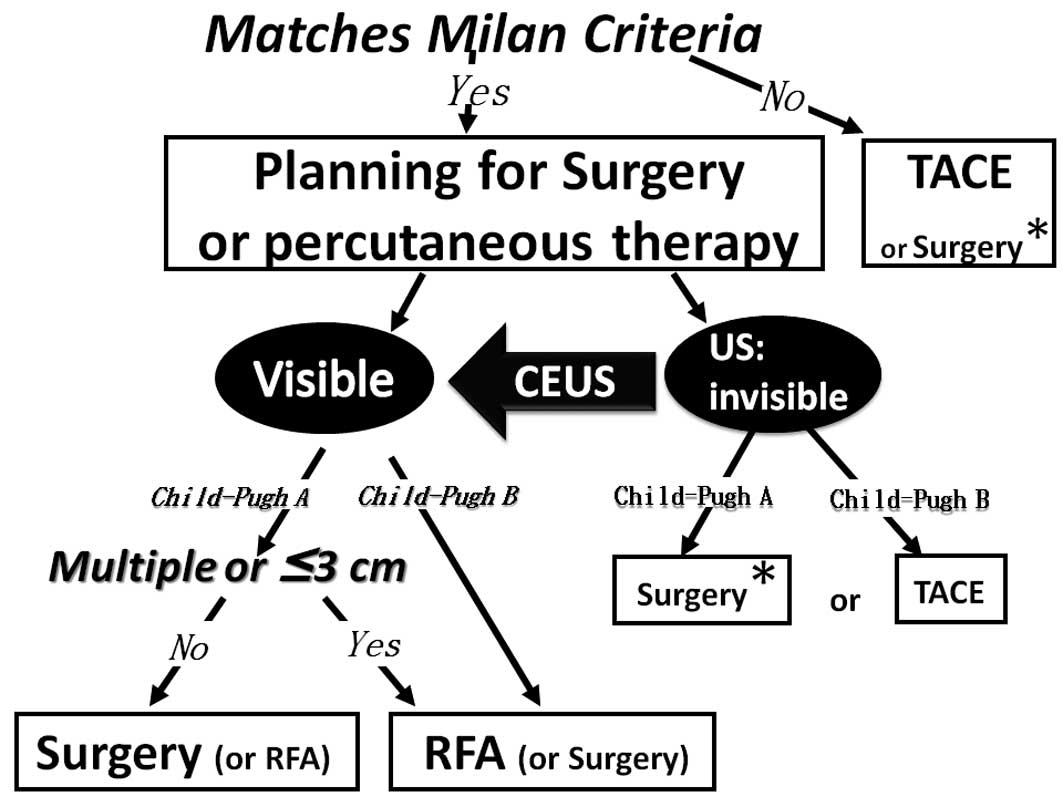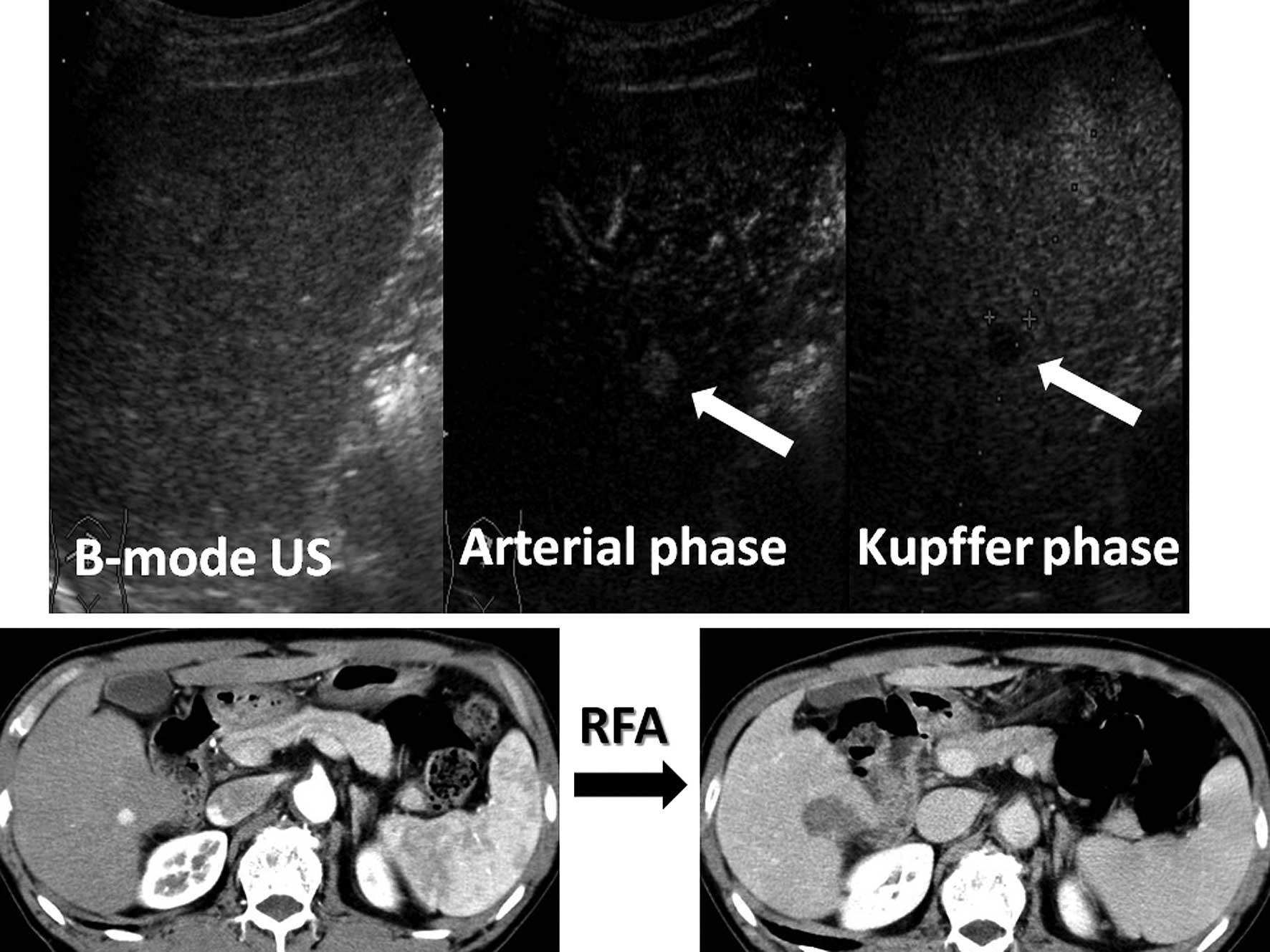Spandidos Publications style
Hiraoka A, Ichiryu M, Tazuya N, Ochi H, Tanabe A, Nakahara H, Hidaka S, Uehara T, Ichikawa S, Hasebe A, Hasebe A, et al: Clinical translation in the treatment of hepatocellular carcinoma following the introduction of contrast-enhanced ultrasonography with Sonazoid
. Oncol Lett 1: 57-61, 2010.
APA
Hiraoka, A., Ichiryu, M., Tazuya, N., Ochi, H., Tanabe, A., Nakahara, H. ... Michitaka, K. (2010). Clinical translation in the treatment of hepatocellular carcinoma following the introduction of contrast-enhanced ultrasonography with Sonazoid
. Oncology Letters, 1, 57-61. https://doi.org/10.3892/ol_00000010
MLA
Hiraoka, A., Ichiryu, M., Tazuya, N., Ochi, H., Tanabe, A., Nakahara, H., Hidaka, S., Uehara, T., Ichikawa, S., Hasebe, A., Miyamoto, Y., Ninomiya, T., Hirooka, M., Abe, M., Hiasa, Y., Matsuura, B., Onji, M., Michitaka, K."Clinical translation in the treatment of hepatocellular carcinoma following the introduction of contrast-enhanced ultrasonography with Sonazoid
". Oncology Letters 1.1 (2010): 57-61.
Chicago
Hiraoka, A., Ichiryu, M., Tazuya, N., Ochi, H., Tanabe, A., Nakahara, H., Hidaka, S., Uehara, T., Ichikawa, S., Hasebe, A., Miyamoto, Y., Ninomiya, T., Hirooka, M., Abe, M., Hiasa, Y., Matsuura, B., Onji, M., Michitaka, K."Clinical translation in the treatment of hepatocellular carcinoma following the introduction of contrast-enhanced ultrasonography with Sonazoid
". Oncology Letters 1, no. 1 (2010): 57-61. https://doi.org/10.3892/ol_00000010
















